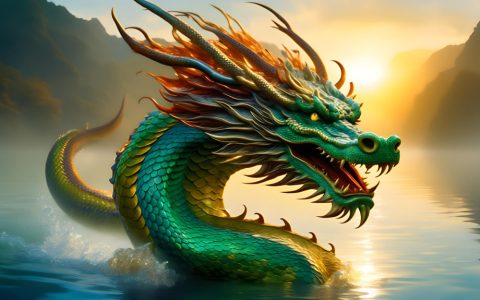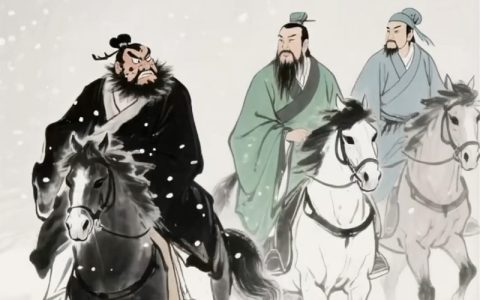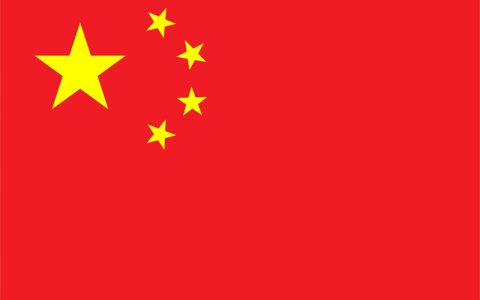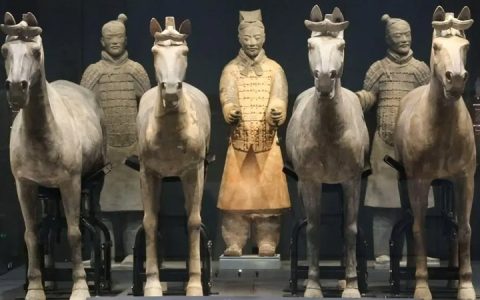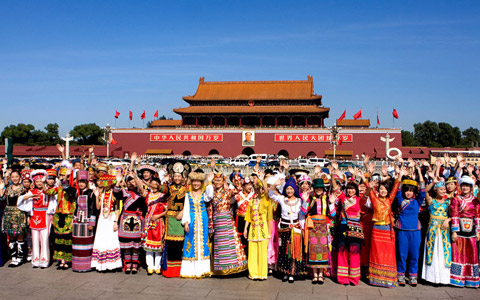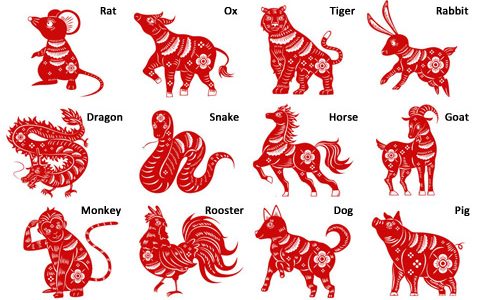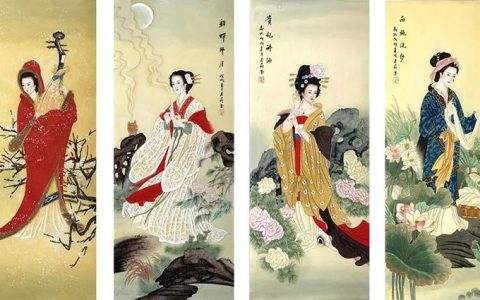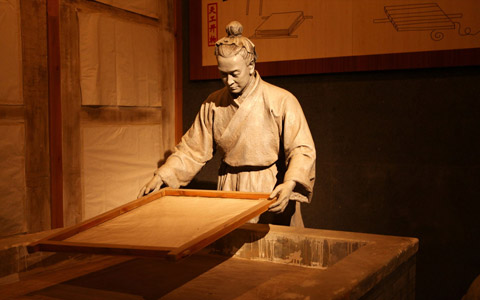Chinese New Year, also known as the Spring Festival, is the most grand and significant traditional holiday in China. It’s a time for family reunions, delicious feasts, and vibrant celebrations, marking the beginning of a new year on the lunar calendar. If you’ve ever been curious about the magic behind this spectacular event, you’ve come to the right place. This ultimate guide will walk you through everything you need to know about Chinese New Year.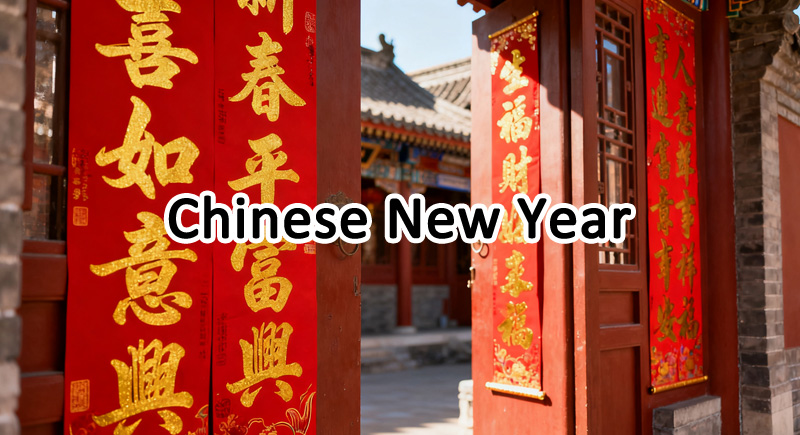
What is Chinese New Year?
Chinese New Year, also known as Spring Festival, is the most important traditional festival in China. It falls on the first day of the lunar calendar (usually between late January and mid-February) and lasts for 15 days, ending with the Lantern Festival. For Chinese people, it’s a time to reunite with family, say goodbye to the old year, and welcome the new one with hopes for good luck and prosperity. Each year is named after one of the 12 Chinese zodiac animals—2025 is the Year of the Snake.
Key Traditions to Know
The Spring Festival is rich with unique customs, each carrying deep cultural meaning.
- Family Reunion Dinner: On New Year’s Eve, families gather for the most important meal of the year. Dishes like fish (for abundance), dumplings (resembling ancient money), and spring rolls (for wealth) are essential.
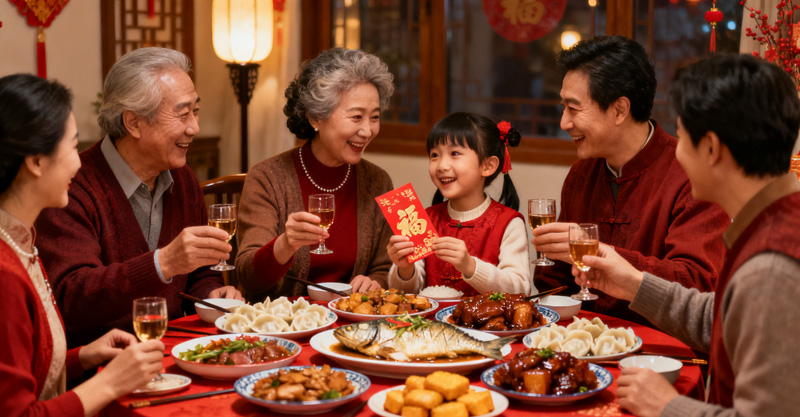
- Spring Festival Couplets: Red couplets with black or gold Chinese characters are pasted on doorframes. The words usually praise good fortune, family harmony, or a bountiful harvest—for example, “Harmony Brings Wealth” (和气生财) and “Prosperity Fills the Home” (万事如意). Red symbolizes joy and wards off bad luck.
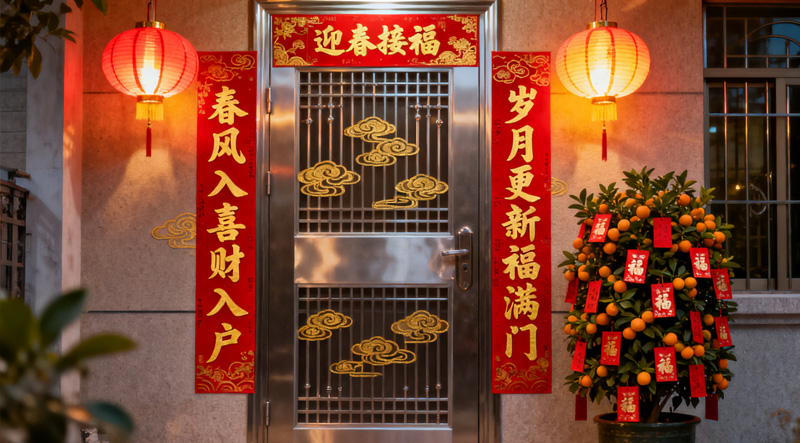
- Red Envelopes: Adults give red envelopes filled with money to children (and sometimes to unmarried young people). The red paper represents luck, and the money inside is a wish for the recipient to have a safe and happy new year. The amount is usually an even number (like 100 or 1000 yuan) to avoid bad luck.
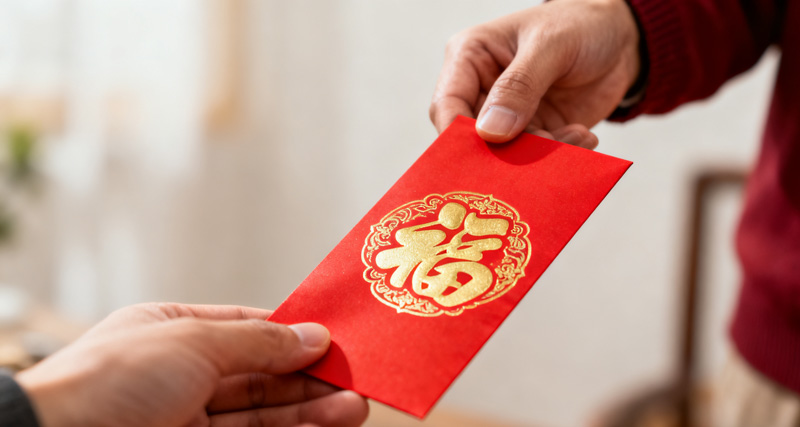
- Setting Off Firecrackers: In the past, firecrackers were set off day and night during Spring Festival to scare away a mythical monster called “Nian.” Now, due to environmental and safety reasons, many cities limit or ban firecrackers—so people often use electronic firecrackers instead.
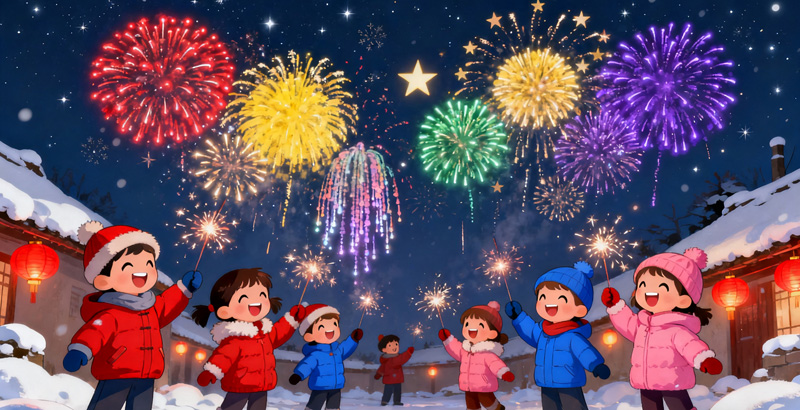
- Dragon and Lion Dances: Colorful dragon and lion dances are held in streets, parks, or outside shops. The dances are believed to scare away evil spirits and bring good luck. Drums and cymbals accompany the performances, making the atmosphere lively and exciting.
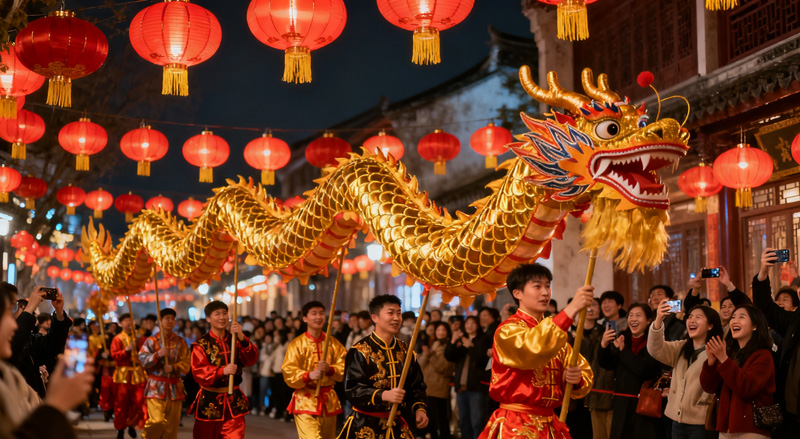
- House Cleaning: Before the new year, families thoroughly clean their homes to sweep away any bad luck and make room for incoming good fortune.
Must-Try Festival Foods
- Dumplings (Jiaozi): Eaten on New Year’s Eve, dumplings look like ancient Chinese gold or silver ingots—so they symbolize wealth. Some families hide a clean coin in one dumpling: the person who finds it will have extra good luck in the new year.
- Rice Cake (Nian Gao): Made of glutinous rice, rice cake has a sticky texture. Its name “Nian Gao” sounds like “getting higher year by year,” which means progress in work, life, or study. It can be steamed, fried, or served with sweet syrup.
- Fish (Yu): Fish is a must on the reunion dinner table. The Chinese word for “fish” (Yu) sounds the same as “surplus”—so eating fish means “having more than enough” in the new year. People usually leave some fish uneaten to show “surplus year after year.”
- Tangyuan (Glutinous Rice Balls): Eaten on the 15th day (Lantern Festival), tangyuan are round and sweet. They represent family reunion and completeness—just like the full moon on that night. Common fillings include sesame paste, red bean paste, and peanut butter.
How Chinese People Celebrate Now?
- Spring Festival Gala (Chunwan): Since 1983, China Central Television (CCTV) has aired a 4-hour live show on New Year’s Eve. It includes singing, dancing, comedy skits, and magic—families often watch it together while eating dumplings.
- Online Greetings & Red Envelopes: With the popularity of WeChat and Alipay, people now send New Year greetings via messages or video calls. They also send “electronic red envelopes” (e-hongbao) on these apps—even if they can’t meet in person.
- Traveling During the Festival: Instead of staying at home, more and more families choose to travel during Spring Festival—some visit warm places like Hainan Island, while others go abroad. This is called “New Year’s Travel”.
Tips for Foreigners to Join the Fun
- Learn a simple New Year greeting: Say “Xin Nian Kuai Le” (新年快乐) which means “Happy New Year,” or “Gong Xi Fa Cai” (恭喜发财) which means “Wish you prosperity.”
- Try making dumplings: It’s a fun way to join family activities and understand the culture.
- Watch the Spring Festival Gala: You can find English subtitles online to enjoy the show and feel the festival atmosphere.
- Visit Chinatowns: If you’re not in China, many cities’ Chinatowns hold dragon dances, red envelope events, and food fairs during Spring Festival.
Chinese New Year is more than just a holiday; it’s a cultural phenomenon that embodies the values of family, hope, and new beginnings. Whether you’re enjoying a festive meal with Chinese friends or watching dragon dances in a local Chinatown, we hope this guide helps you appreciate the beauty and excitement of the Spring Festival. Gōngxǐ fācái!

